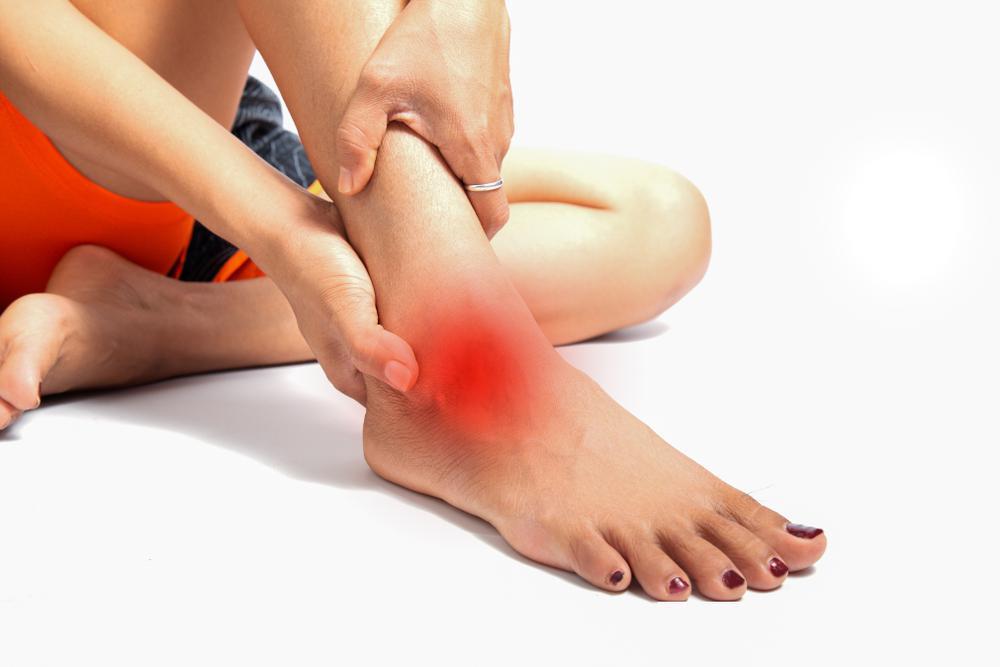Introduction
In the realm of physical activity, whether it’s sports, fitness training, or even just daily movement, our ankles play a crucial role. They support our body weight, provide stability, and enable mobility. However, they are also vulnerable to injuries, which can significantly impact our ability to stay active and perform at our best. Understanding how to protect our ankles is essential for maintaining overall well-being and avoiding setbacks. In this comprehensive guide, we’ll delve into the top three strategies for ankle protection, providing you with actionable insights to keep your ankles strong and injury-free.
Understanding Ankle Anatomy
Before we explore strategies for ankle protection, let’s first familiarize ourselves with the anatomy of the ankle. The ankle joint is comprised of three main bones: the tibia, fibula, and talus. Ligaments, tendons, and muscles surround these bones, providing stability and facilitating movement. The most common types of ankle injuries involve sprains, which occur when the ligaments supporting the joint are stretched or torn due to sudden twists or impacts.
Strategy 1: Proper Footwear Selection
One of the simplest yet most effective ways to protect your ankles is by wearing appropriate footwear. Investing in high-quality athletic shoes designed for your specific activity can significantly reduce the risk of ankle injuries. Look for shoes that provide ample support around the ankle joint, with cushioning to absorb impact forces. Additionally, ensure that your footwear fits properly, allowing for proper alignment and movement of the foot and ankle.
For activities such as basketball, soccer, or running, consider shoes with ankle support features such as padded collars or built-in ankle braces. These provide an extra layer of protection against twists and sprains, especially during rapid directional changes or sudden stops. Avoid wearing old or worn-out shoes, as they may lack the necessary support and cushioning, increasing the likelihood of injury.

Strategy 2: Strengthening and Stability Exercises
Another key aspect of ankle protection is building strength and stability in the muscles surrounding the ankle joint. Incorporating targeted exercises into your fitness routine can help improve balance, proprioception, and resilience against injury. Some effective exercises include:
a. Calf Raises
Calf raises target the muscles in the calf and ankle, enhancing stability and strength. Stand with your feet hip-width apart, then rise onto the balls of your feet, lifting your heels as high as possible. Hold for a moment, then lower back down. Repeat for several repetitions.
b. Ankle Circles
Ankle circles help improve range of motion and flexibility in the ankle joint. Sit or stand with one leg lifted off the ground, then rotate your ankle in a circular motion, first clockwise and then counterclockwise. Perform several circles in each direction before switching to the other ankle.
c. Balance Exercises
Simple balance exercises, such as standing on one leg or using a balance board, can challenge the muscles around the ankle and improve proprioception. Aim to hold these positions for increasing durations to gradually enhance stability and control.
Incorporate these exercises into your regular workout routine, focusing on proper form and gradually increasing intensity as your strength improves.

Strategy 3: Proper Warm-Up and Cool Down
Preparation is key to preventing ankle injuries, and proper warm-up and cool-down routines are essential components of any physical activity regimen. Before engaging in strenuous exercise or sports, take the time to warm up your muscles and joints with dynamic stretches and light cardiovascular activity. This increases blood flow to the muscles, improves flexibility, and primes the body for movement.
Focus on dynamic stretches that target the lower body, including calf stretches, leg swings, and ankle rotations. Perform each stretch smoothly and gradually, avoiding rapid or jerky movements that could strain the muscles or joints.
After completing your workout or activity, don’t forget to cool down properly to help your body recover and reduce the risk of post-exercise soreness or stiffness. Incorporate static stretches to lengthen and relax the muscles, holding each stretch for 15-30 seconds without bouncing. This promotes flexibility and helps prevent muscle tightness or imbalances that can contribute to injury. Explore More About (Fatty Liver and its Solutions)
Ankle Protection Methods
| Protection Method | Description |
|---|---|
| Proper Footwear Selection | Choose high-quality athletic shoes with ankle support and cushioning to reduce the risk of twists and sprains during physical activity. |
| Strengthening Exercises | Incorporate calf raises, ankle circles, and balance exercises to improve muscle strength, stability, and proprioception around the ankle joint. |
| Warm-Up and Cool Down Routines | Prioritize dynamic stretches before activity and static stretches afterward to prepare the body and promote muscle recovery and flexibility. |
Conclusion
Protecting your ankles is essential for maintaining an active lifestyle and minimizing the risk of debilitating injuries. By following the top three strategies outlined in this guide—proper footwear selection, strengthening and stability exercises, and proper warm-up and cool-down routines—you can significantly reduce your risk of ankle injuries and enjoy greater confidence and performance in your physical pursuits. Incorporate these strategies into your routine consistently to ensure long-term ankle health and resilience.
Remember, prioritizing ankle protection is not only about avoiding injury but also about optimizing your overall performance and well-being. By investing time and effort into caring for your ankles, you’re investing in your ability to move, perform, and thrive in all aspects of life.




